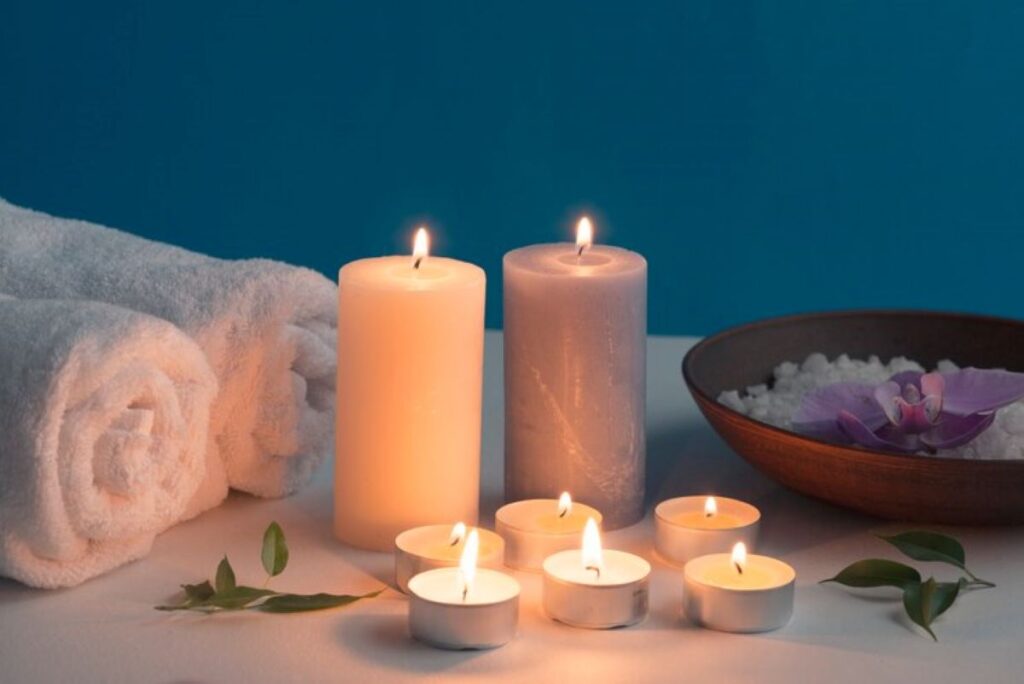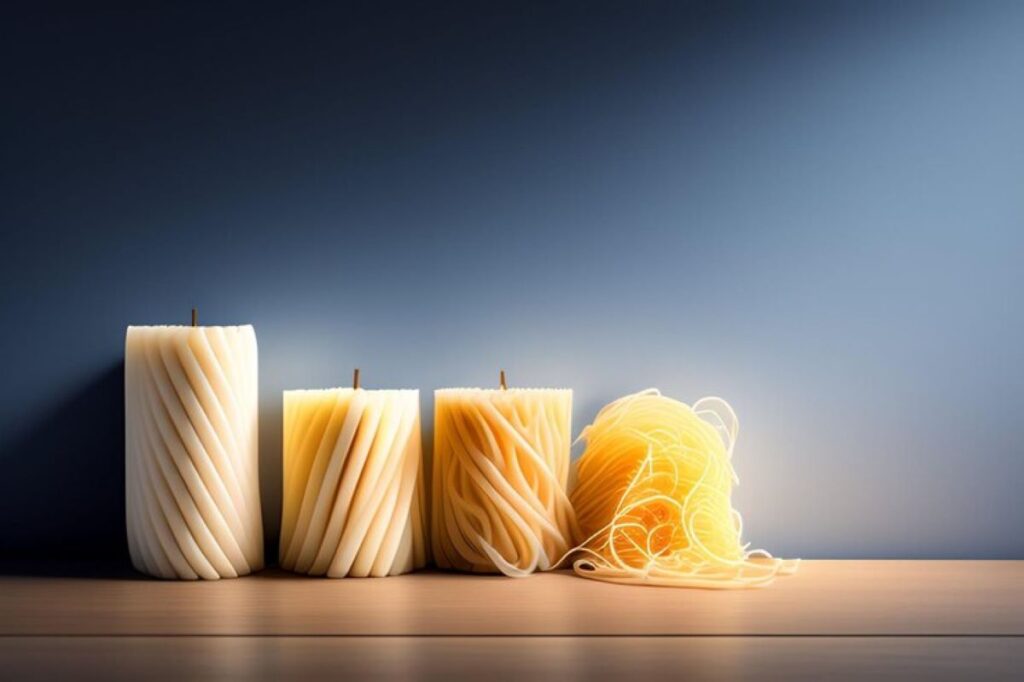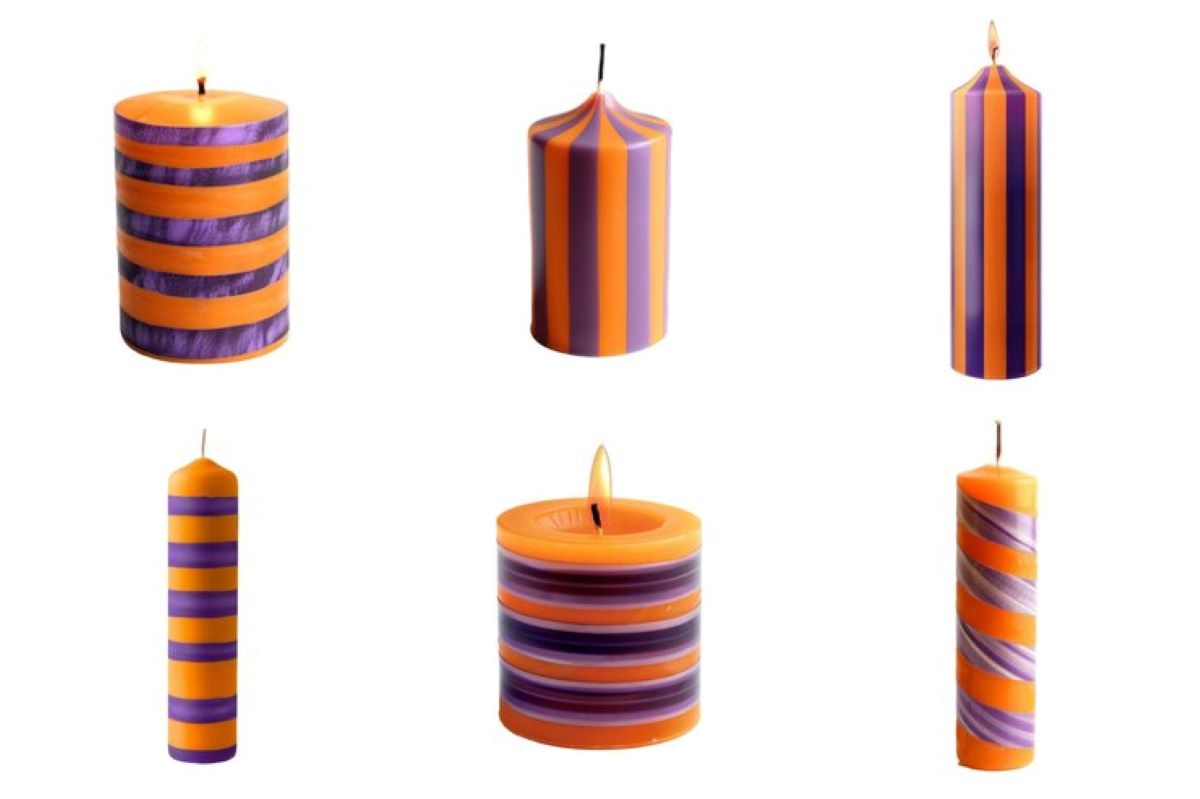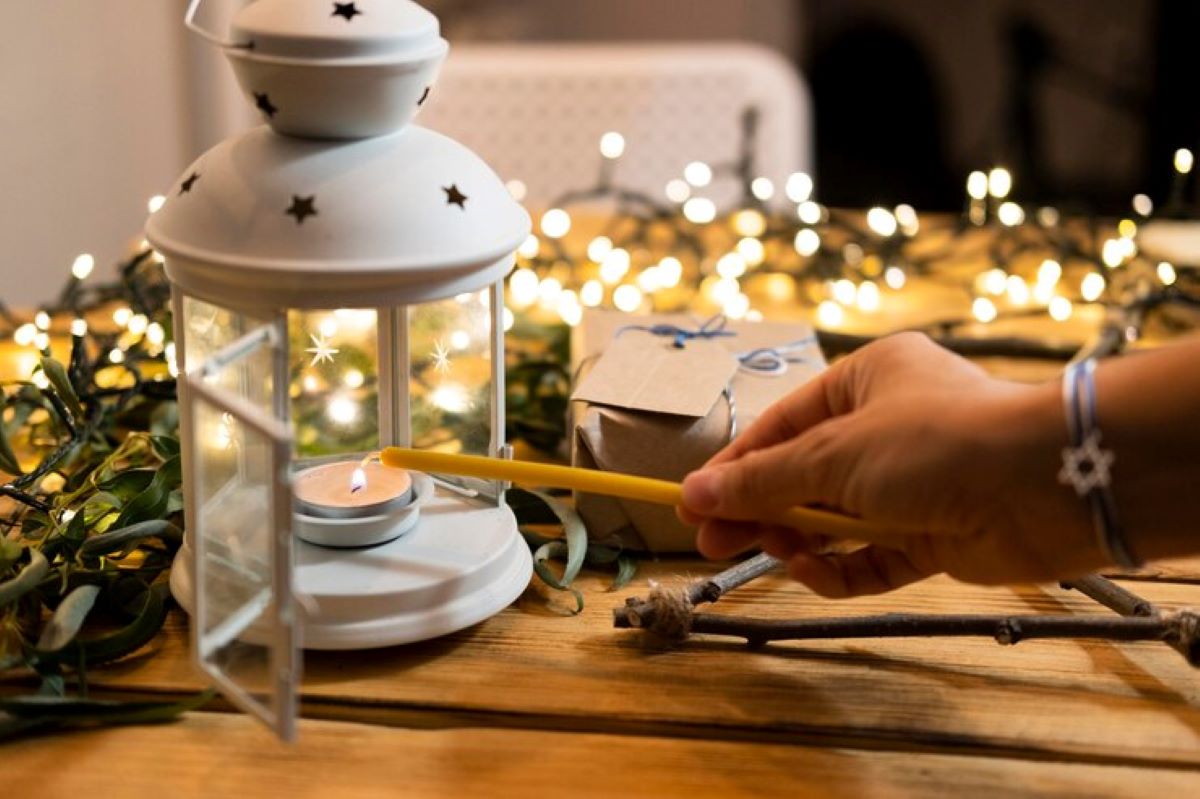Candle making is an art that has captivated many enthusiasts, and one of the most vital components that contributes to a successful candle is the wick. While often overlooked, choosing the right candle wick can make all the difference in ensuring your candle burns beautifully and consistently. Let’s delve into the essentials of candle wicks and how to choose the perfect one for your project.
Understanding the Importance of Candle Wicks in Candle Making
Before we jump into specific types of candle wicks, it’s crucial to understand their significance in the candle-making process. Candle wicks serve as the lifeline for any candle; they channel the heat required to vapourise the wax, allowing it to melt and release the delightful fragrances we adore.
The wick’s performance directly affects how well your candle burns. A well-selected wick can ensure a consistent flame, optimal fragrance throw, and a clean burn, free from soot. Conversely, the wrong wick can lead to poor performance, which can manifest in a host of issues, including uneven burning or a candle that won’t stay lit.
The Role of Wicks in Candle Burning
The wick is the heart of the candle’s function. When lit, the wick draws wax up from the candle’s reservoir through capillary action. This melted wax fuels the flame, producing light and heat. The length and thickness of the wick directly influence the size of the flame and the rate at which the wax is consumed.
Additionally, wicks are designed to create a specific burning profile, which is essential for achieving the desired aesthetic and aromatic experience. Understanding how wicks interact with the candle’s wax and fragrance is key in mastering candle making.
How Wick Size Affects the Candle’s Performance
The size of the wick is often one of the first factors considered when crafting a candle. A wick that is too small will struggle to produce a sufficient flame, which can result in tunnelling—where the wax melts down the sides rather than evenly. On the other hand, a wick that is too large can create a flame that burns too hot, leading to excessive soot and an unpleasant scent.
Ultimately, the size of the wick must complement the candle’s diameter and the type of wax used. Testing different wick sizes during the candle-making process can help you determine the perfect fit for optimal performance.
Different Types of Candle Wicks and Their Uses
When it comes to candle wicks, there’s no one-size-fits-all solution. Several types exist, each tailored for specific candle-making needs. Let’s explore the different varieties and their unique qualities.
Cotton Wicks: An Eco-Friendly Choice
Cotton wicks are a popular option among candle makers for their eco-friendly properties. They are made from natural cotton fibres that usually have a paper or textile core to enhance stability. Cotton wicks create a steady, clean burn, making them ideal for natural waxes like soy and beeswax.
Moreover, they typically have good fragrance throw, allowing your candles to emit lovely scents without overwhelming your space. Their versatility makes them a favourite for beginners and experienced candle makers alike.
Wood Wicks: For a Natural, Rustic Feel
If you’re after a candle that exudes rustic charm, wood wicks are a fantastic choice. They produce a unique crackling sound reminiscent of a fireplace, enhancing the overall atmosphere. Wood wicks work particularly well with larger candles or those meant for long burn times.
However, they require careful crafting to achieve the right burning characteristics. It’s essential to experiment with different wood types and sizes to find what suits your specific wax and fragrance combination best.
Specialty Wicks: For Unique Candle Projects
For those who like to get a bit creative, specialty wicks can offer unique results. These may include wicks infused with specific materials to enhance burning properties or combine multiple wick types for a more intricate design.
Specialty wicks can provide beautiful visual effects and allow for a broader range of scents and colours, enabling you to craft truly bespoke candles. Still, they may require more testing to ensure optimal performance, and understanding their behaviour is vital for successful execution.

Factors to Consider When Choosing a Candle Wick
Choosing the right wick isn’t merely about personal preference; several factors play an essential role in achieving your candle goals. Here are the main considerations to keep in mind when selecting a wick.
The Size of Your Candle
The diameter and height of your candle greatly influence the wick you should choose. Candles with larger diameters will require thicker wicks to ensure an adequate fuel supply for a steady flame. As a rule of thumb, the larger the candle, the larger the wick.
For smaller candles, opt for a thinner wick that allows for a smaller flame. It’s a balancing act, and testing various sizes will yield the most favourable outcomes.
The Type of Wax You’re Using
The type of wax you choose for your candle significantly impacts your wick choice. Different waxes have varying melting points and burn characteristics, meaning that what works for one wax may not suit another. For example, soy wax is more forgiving than paraffin, allowing for more flexibility in wick size.
Always check the manufacturer’s guidelines on wick recommendations for various wax types to ensure you’re set up for success.
The Fragrance and Colour of Your Candle
Lastly, consider the fragrance and colour as they can also affect wick performance. Strong fragrances may require larger wicks to ensure that the scent is appropriately carried when burnt. Additionally, colour additives can influence how a candle burns, potentially affecting the wick’s efficacy.
It’s essential to take these elements into account to achieve a harmonious balance that results in a well-performing candle.
See Also : The Benefits of Using a Wood Wick Candle for a Unique Glow
Common Mistakes to Avoid When Choosing a Candle Wick
Even seasoned candle makers can stumble over common pitfalls when selecting wicks. Here are some mistakes to be cautious of to enhance your success in this rewarding craft.
Choosing a Wick That’s Too Small or Too Large
One of the most frequent errors is selecting a wick that doesn’t match the candle’s size or the type of wax used. A wick that’s too small may lead to a candle that burns without sufficient flame, while one that’s too large could create excessive soot and potentially shorten the candle’s life.
Always test different sizes to find the optimal wick for your specific project.

Ignoring the Type of Wax in Your Candle
As previously mentioned, the interaction between the wick and wax is vital. Disregarding this can lead to disappointing results. If you are working with a wax blend, ensure your wick matches the properties of that particular blend to avoid inconsistency.
Overlooking the Scent and Colour Considerations
Lastly, neglecting to consider how scent and colour play into the wick selection process can have adverse effects. Always factor in the intended fragrance strength and colour additives when making your choice to maintain a harmonious burn and scent throw.
By keeping these considerations in mind and learning from common mistakes, you’ll be well-equipped to choose the right candle wick for your projects. With practice and experimentation, you’ll soon be on your way to creating stunning candles that provide both beauty and ambience in your space.


